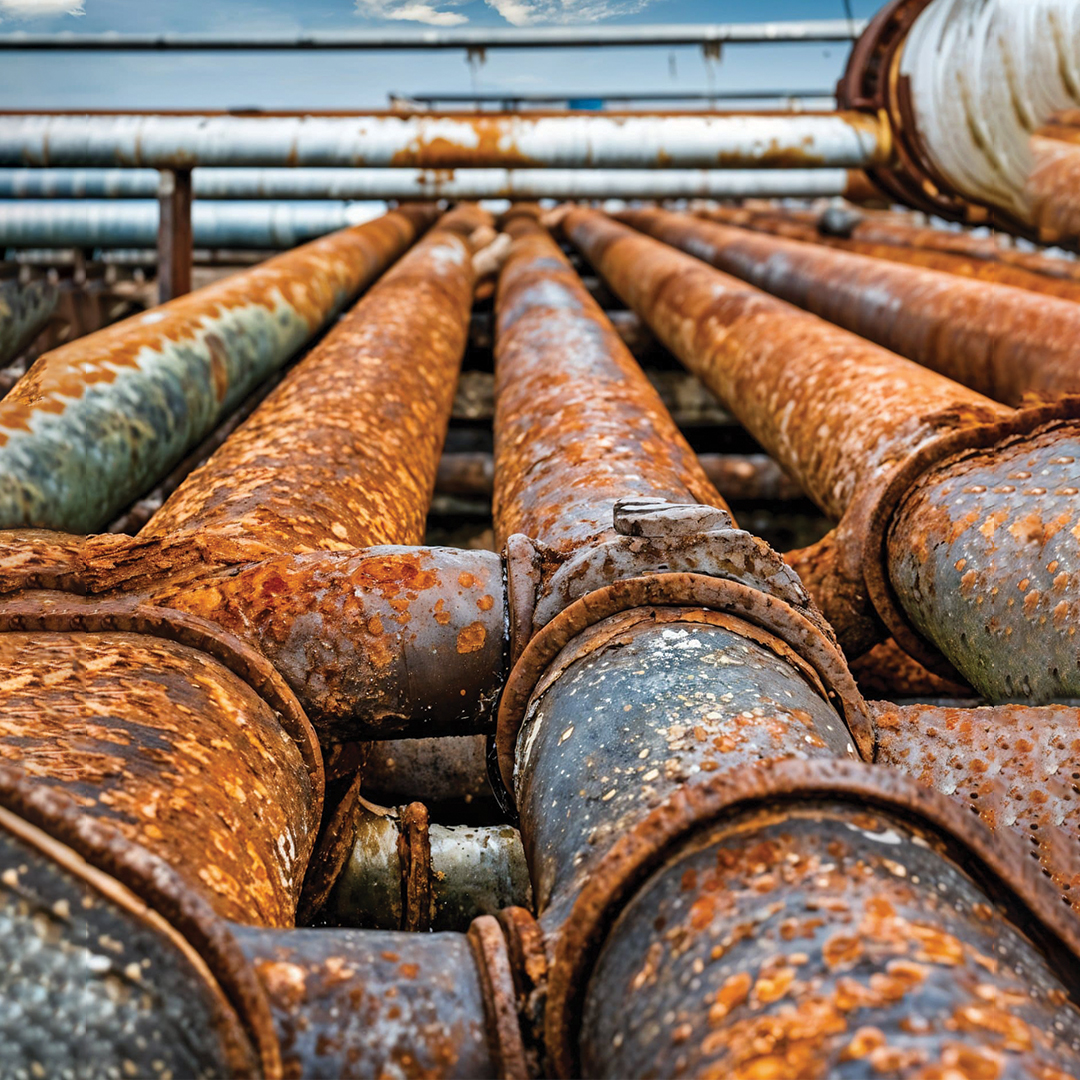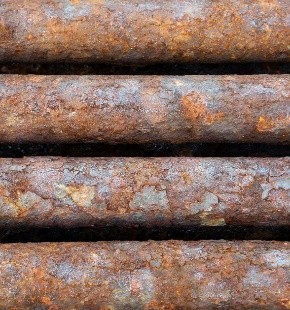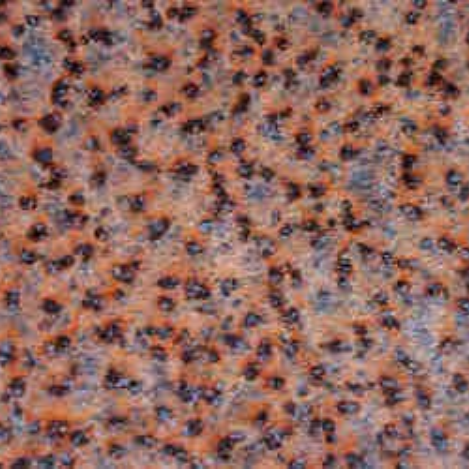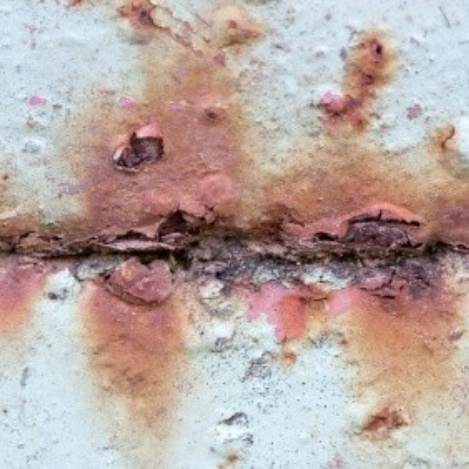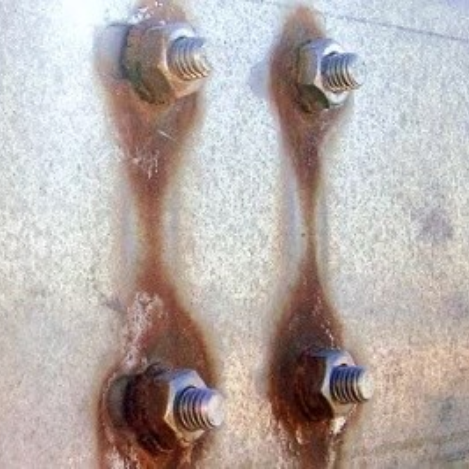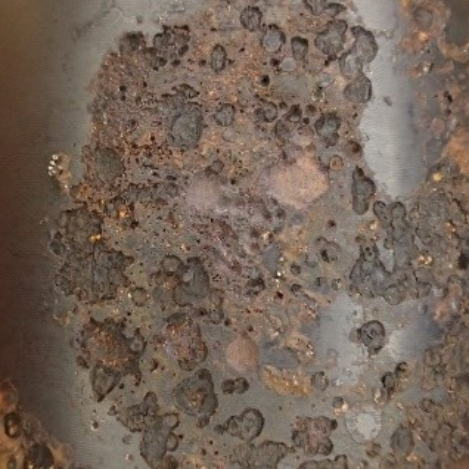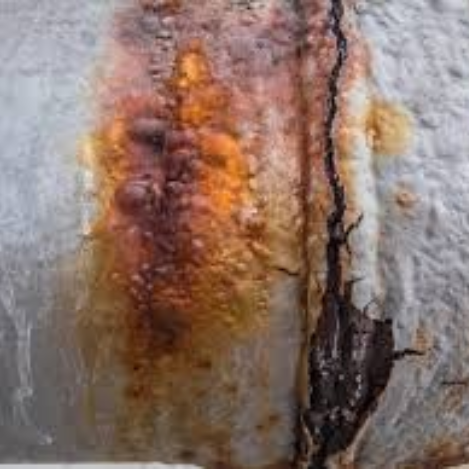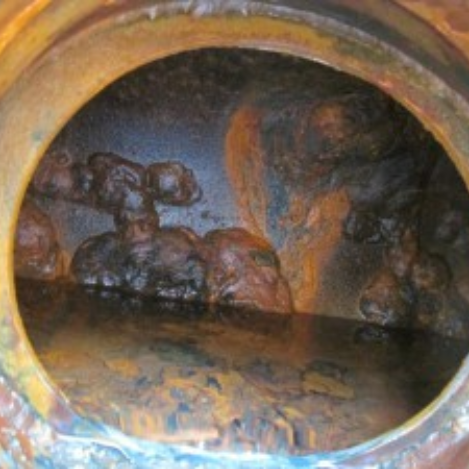Introduction:
Corrosion is silent but relentless enemy, gradually degrading the equipment’s infrastructure and industrial assets across all the sectors. From Pipelines, Pumps & Valves, vessels to offshore rigs, marine structures and power plant FGD systems to chemical plant bridges, structures. Its impact is both costly and hazardous leading to structural failure, serious safety concerns and unplanned downtime.
For industries aiming for longevity and reliability, understanding, and managing corrosion is not just necessary—it’s mission-critical. At Kirloskar Corrocoat, we specialize in cutting-edge corrosion protection solutions, with a strong focus on glass flake coating technologies that deliver unmatched performance and durability.
The science behind the Corrosion:
Corrosion is fundamentally an electrochemical process, where metals lose electrons and form stable compounds like oxides or salts. This transformation occurs in the presence of four essential elements:
-
Anode:
The area where the metal undergoes oxidation, dissolving and losing electrons.
-
Cathode:
The area where electrons are accepted, typically involving a reduction reaction.
-
Electrolyte:
A conductive liquid medium (like water, acids, or salts) that facilitates the flow of ions between the anode and cathode.
-
Electrical Path:
A metallic connection that completes the circuit, allowing electrons to flow from the anode to the cathode.
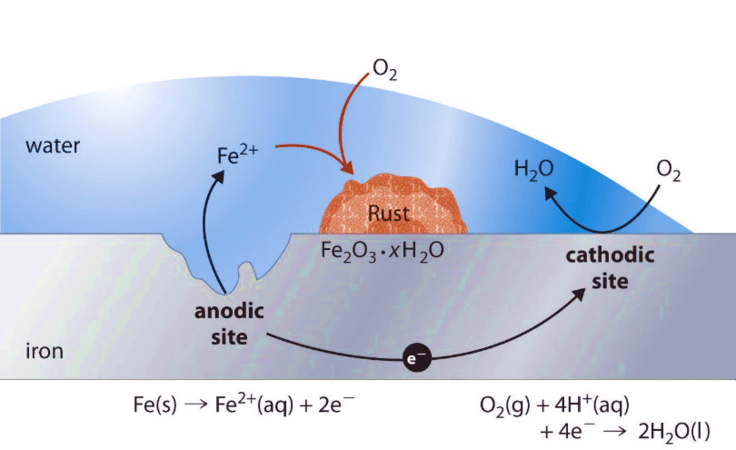
A classic example is the rusting of iron, where exposure to water and oxygen causes iron to form iron oxide, gradually weakening the material.
Different Forms of Corrosion:
Corrosion is not a singular phenomenon; it manifests in diverse forms, each presenting unique challenges and risks:
Type Of Corrosion |
Description |
Image |
Uniform Corrosion: |
This is the most common and generally predictable form, characterized by an even attack across the entire metal surface. While easier to detect and manage, it still leads to gradual material thinning. |
|
Pitting Corrosion: |
Highly localized and insidious, pitting corrosion creates small, deep holes in the metal. It's particularly dangerous because it can be difficult to detect until significant structural damage or failure occurs. |
|
Crevice Corrosion: |
This occurs in narrow, shielded areas where stagnant liquids accumulate, such as beneath gaskets, flanges, or within fasteners. The restricted oxygen supply in these crevices creates an aggressive localized environment. |
|
Galvanic Corrosion: |
When two dissimilar metals are electrically connected and immersed in a corrosive electrolyte, one metal acts as an anode and corrodes preferentially, while the other (cathode) is protected. |
|
Intergranular Corrosion: |
This type of corrosion preferentially attacks the grain boundaries of alloys, often due to improper heat treatment or segregation of alloying elements. |
|
Stress Corrosion Cracking (SCC) |
A particularly hazardous form, SCC involves the synergistic effect of tensile stress and a corrosive environment, leading to the formation and propagation of cracks |
|
Microbiologically Influenced Corrosion (MIC) |
Driven by the metabolic activities of microorganisms, MIC is prevalent in water systems, pipelines, and marine environments, accelerating corrosion through various biochemical reactions. |
|
The Imperative of Control: Why Corrosion Management Matters
The consequences of unchecked corrosion extend far beyond mere material degradation, impacting economic stability, safety, and environmental well-being:
-
Economic Losses:
Globally, corrosion-related costs are staggering, exceeding $2.5 trillion annually—roughly 3-4% of the world's GDP. This includes direct costs for repair and replacement, as well as indirect costs from downtime and lost productivity.
-
Safety Risks:
Corrosion-induced failures can have catastrophic outcomes, including fires, explosions, structural collapses, and release of hazardous materials, posing severe threats to personnel and the public.
-
Environmental Hazards:
Leaks from corroded pipes and tanks can release harmful chemicals, pollutants, and oil into the environment, leading to ecological damage and regulatory penalties.
-
Reputation & Compliance:
Frequent failures due to corrosion can severely damage a company's reputation, erode public trust, and result in significant fines and legal repercussions for non-compliance with safety and environmental regulations.
Glass Flake Coatings – The Gold Standard in Corrosion Protection
Among various corrosion prevention strategies, glass flake coatings emerge as the most effective and reliable long-term solution.
Why Glass Flake Coatings Work?
Glass flake coatings incorporate ultra-thin glass flakes dispersed in a resin matrix. These flakes form an intricate, overlapping structure that creates a tortuous path, making it extremely difficult for moisture, chemicals, and corrosive agents to penetrate the coating and reach the substrate.
This significantly reduces permeation, halts corrosion initiation, and delivers robust mechanical and chemical resistance, even under the harshest conditions.
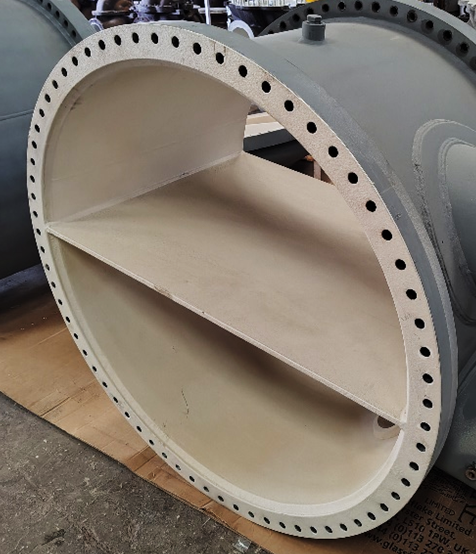
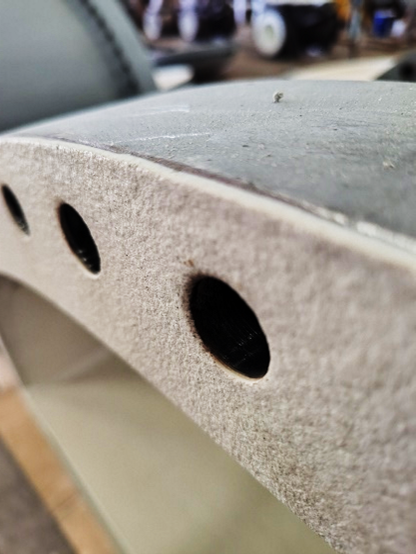
Key Advantages of Kirloskar Corrocoat make Glass Flake Coatings:
-
Reduced Permeation:
The overlapping glass flakes act as a barrier, minimizing moisture vapor penetration and enhancing corrosion resistance.
-
Superior Corrosion Resistance:
Exceptional resistance to a wide range of chemicals, including acids, alkalis, and solvents. Compatible with 1-14 pH scale.
-
Enhanced Abrasion and Erosion Resistance:
The smooth, low-friction surface resists wear and tear from transported fluids.
-
Advanced Chemical and Temperature Resistance:
Withstands temperatures up to 150°C (immersed) and 260°C (non-immersed).
-
Extended Service Life:
In sea-water conditions, the expected service life exceeds 30 years, reducing maintenance costs and downtime.
-
Improved Flow Efficiency:
The hydrophobic surface of Fluiglide coating system reduces friction, enhancing flow rates and reducing energy consumption.
These coatings are versatile, suitable for various applications, including pipelines carrying oil, gas, seawater, industrial effluent, and potable water.
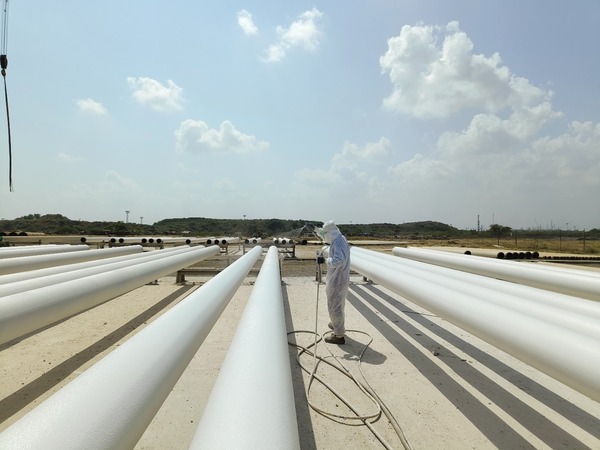
Conclusion:
Corrosion may be inevitable—but with the right protection, its impact doesn't have to be. By understanding corrosion mechanisms and adopting proven technologies like Kirloskar Corrocoat's glass flake coatings, industries can safeguard their assets, optimize performance, and drive long-term operational success.
Embed corrosion awareness into your design, planning, and maintenance strategy—and let Kirloskar Corrocoat be your partner in long-lasting protection.


